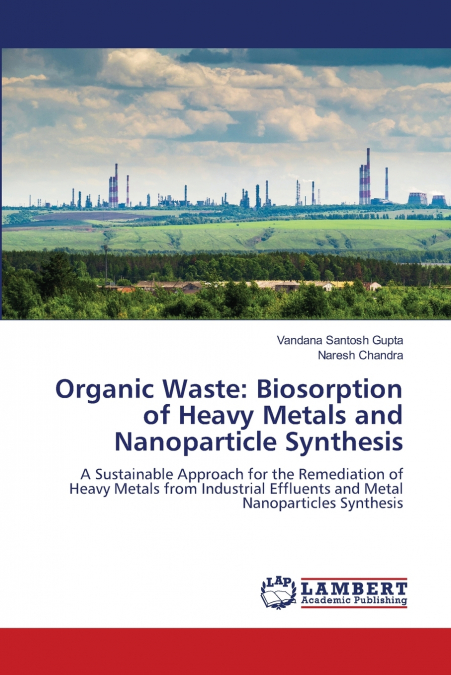
Naresh Chandra / Vandana Santosh Gupta
The industrialization, urbanization, advancement in technologies and increasing population has been a major cause of release of various types of pollutants in the environment. Taking into consideration heavy metals pollution and organic solid waste generation, an attempt has been made to remove heavy metals from industrial effluents using various organic solid wastes by biosorption process. Total 14 organic wastes of plant and animal origin were selected for the remediation of effluents collected from different industries. The adsorption isotherm models was used to study the mechanism of biosorption process. The results obtained were supported by using biostatistical analysis. Some organic wastes were also used to biosynthesize metal nanoparticles. The current study showed effective results on the pilot scale. The future prospect includes largescale synthesis of metal nanoparticles in ecofriendly manner which may minimize the current methods of metal nanoparticle synthesis that are costly and cause pollution. The present work may help in exploring the applications of organic solid wastes.